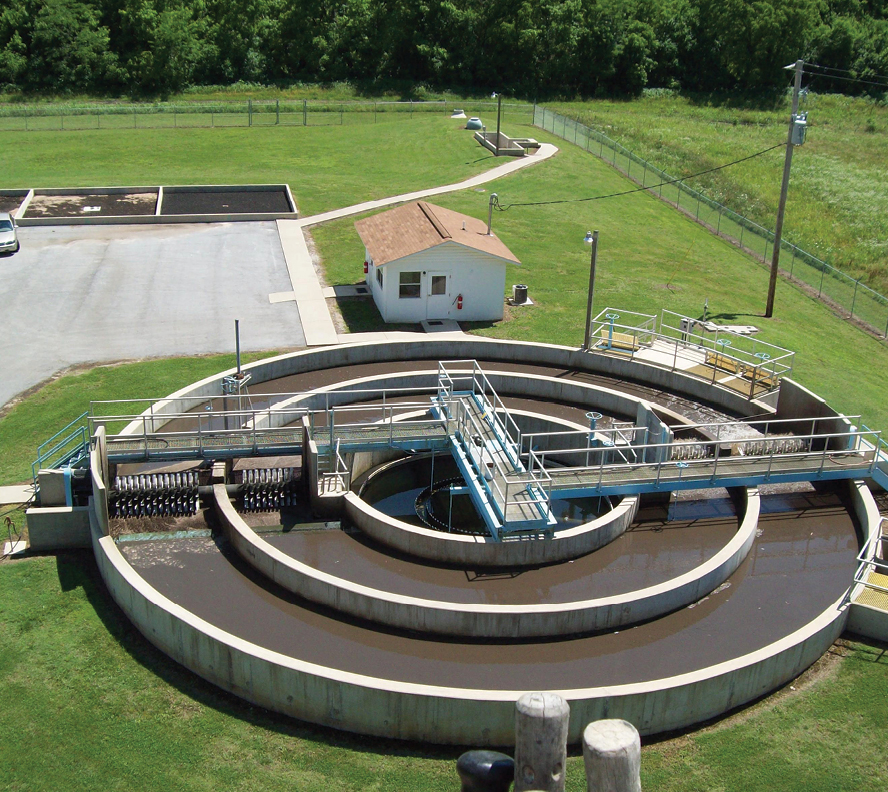Have you ever thought of what happens to the water that gets flushed down the toilet, the rainwater that goes into sewers, or water that’s washed clothing and dishes? Every day in the U.S., the average person uses as much as 100 gallons of water. Flushing toilets and taking showers and baths are two of the biggest culprits.
All of that wastewater that’s being flushed or drained into septic tanks or sewers can be recycled. People aren’t often comfortable with that idea. They can’t imagine taking toilet water and recycling it into clean drinking water. In fact, a questionnaire found that almost half of those surveyed said they would be willing to try recycled wastewater. Just over 1 in 10 said there was absolutely no way they’d drink it. Would you? It might be the only way to prevent water shortages.
Why Do Countries Need to Start Recycling Waste Water?
Throughout the world, there are countries struggling to meet the public’s demand for water. Water scarcity occurs due to the climate and/or failing infrastructure. According to the United Nation, more than 2 billion people already live in a country that is dealing with water scarcity.
Chennai, India, gained a lot of attention in 2019 when Chembarambakkam Lake, one of the city’s largest water reservoirs dried up despite receiving 30 inches of rain in 2018. The lack of water is affecting businesses and close to 10 million residents. Emergency trucks and trains can’t bring in the water fast enough to keep up with demand.
The Food and Agriculture Organization of the United Nations finds that 96% of the world’s water use comes from bodies of fresh water, such as ponds, lakes, and rivers. As the climate changes and water sources dry up, it could be disastrous. Turning wastewater into drinking water is not only possible, but it’s also one of the best ways to keep cities and towns from running out of water.
How Does Wastewater Become Drinking Water?
Water arrives at a wastewater treatment plant where solids and large particles are filtered. Those solids are removed and composted, sent to a landfill, or incinerated. Grit removal is next. Small stones, sand, and other smaller particles sink into a chamber where they are removed. The remaining water flows to the next stage.
This removes some of the waste from the water, but it can’t remove it all. The secondary treatment stages start. This process involves making the most of the bacteria and oxygenating the wastewater. Bacteria help consume smaller particles that have made it through to this stage. The bacteria do their job before the water is filtered through very fine filter systems. Chlorine is added to the resulting water to kill bacteria and the odor that remains. Chlorine kills about 99% of the bacteria that remain in the water. The chlorine has to be removed and then water is ready for the next step.
This clean water needs to be processed for human consumption. Dechlorination is the next step. It’s a process used to remove excess chlorine and may use exposure to ultraviolet lighting. Some water treatment plants use reverse osmosis, which uses pressure to force the water through filters. These filters remove additional bacteria, remnants of prescription medications that are still present in the water, and any viruses that have made it through. Additional chemicals are used and then UV lighting helps remove those chemicals.
Once this is complete, the water is sent to natural water supplies. It mixes with these natural water supplies, is filtered again, and makes its way back to homes and businesses through the water lines and pipes. By the time it reaches homes, people would have a hard time believing the crystal clear water came from a wastewater treatment plant.
California’s Already Doing It
California’s Orange Country residents have already embraced recycled water. When one of the county’s reservoirs reached critical lows after years of drought conditions, the Orange County Water District took action. The plant cleans and returns up to 100 million gallons of wastewater each day and returns it to the public water system. The treated wastewater is mixed with the main water supply and reaches hundreds of thousands of people.
The right equipment is needed through each of these stages of water treatment and purification. Founded in 1928, Lakeside Equipment helps companies and cities around the world plan and implement water treatment systems that deliver results while also being an economical solution. The equipment is designed to last and help with energy costs at the same time. Call 1-630-837-5640 to discuss upgrading your current water treatment system to be cost-effective while delivering clean, recycled wastewater to area homes and businesses.








